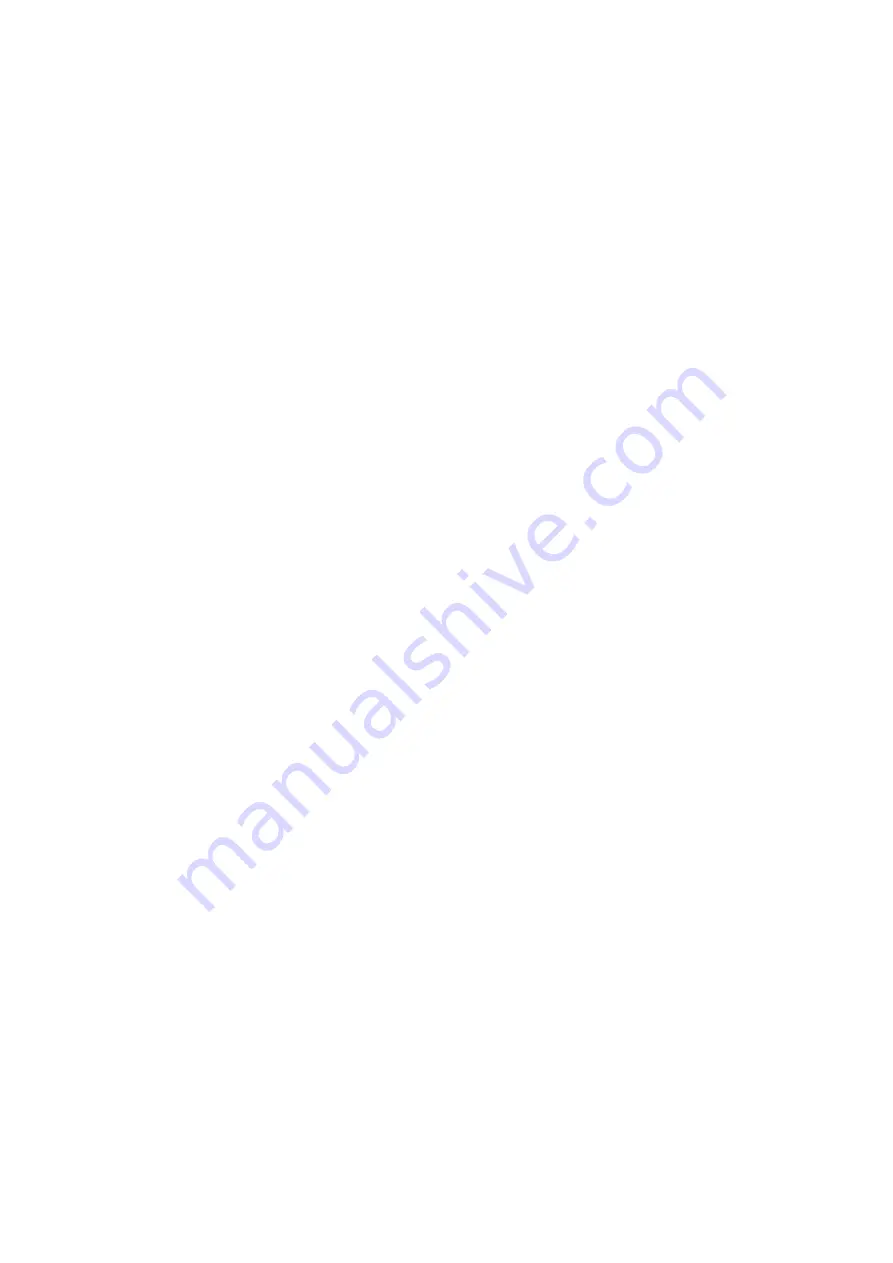
oscillate.
Finally, there is a dry/wet mixer, controlled by the 'Mix' knob and CV input. With the Mix knob
at 0 the output is purely the unafected input signal; with the Mix at 10 the output is only the
flter output.
Filter control
The Alpha and Beta controls both afect the centre frequency of the flter (which, as already
mentioned, has a bandpass response), but in very diferent ways. When exploring the module,
we suggest you start with Alpha at 10 and Beta at 0. Also, try Gain at 3 (for minimal distortion),
Feedback at 0 and Mix at 10 (so you're only hearing the flter output). For audio processing, set
the switch to High.
From these settings, reducing Alpha will sound similar to lowering the cutof of a low-pass flter,
though this is not in fact what is happening.
Starting again from Alpha 10, Beta 0, raising Beta will sound similar to raising the cutof of a
high-pass flter.
Note that in both cases, turning the knob clockwise corresponds to raising the centre frequency
of the flter. It is however such a broad peak (with no feedback applied) that you tend only to
notice the far edges of the flter response taking efect.
Alpha and Beta also have complex interplay with the flter gain and bandwidth. Your best bet is
probably to use your ears and fnd something that sounds good!
Use as a drum synth
Setting the switch to Low changes the flter centre frequency range to one more appropriate for
drum synthesis, though you are of course free to use it in this position for audio processing as
well. All the other controls continue to work exactly as before.
Suggested starting points in this use case are: Alpha 10, Beta 5.5, Gain 5, Feed 3, Mix 10. Hit the
module input with a short trigger pulse (around 10ms). This should give you an analogue kick
drum sort of sound.
Changing Alpha or Beta will change the resonant frequency (pitch) of the drum. Changing Gain
(and/or attenuating the trigger pulse) will afect how much of the trigger makes its way to the
output as an initial 'click'. Changing Feedback will afect how long the flter 'rings' for i.e. the
release time of the sound.
Experiment with CV control over the various aspects of the flter. In particular, it is worth noting
that the classic '808' kick drum is achieved by doubling the pitch of the waveform for the frst
cycle, which you can achieve by giving Beta a separate trigger pulse of just the right length and
amplitude.
Another suggestion is to apply an envelope to the Feedback input – triggered with the actual
drum trigger, or separately.







